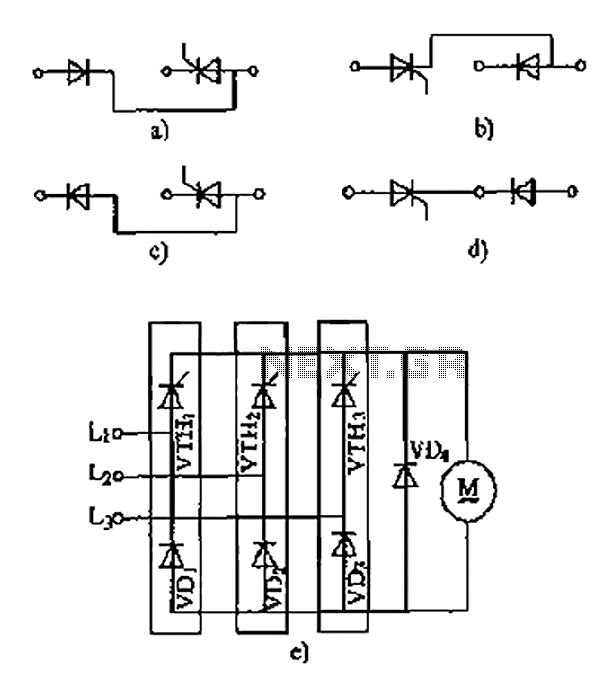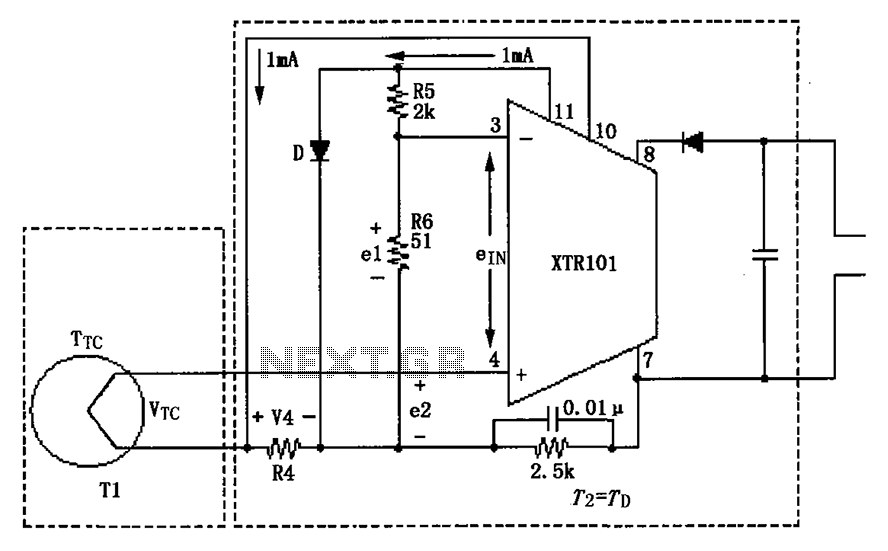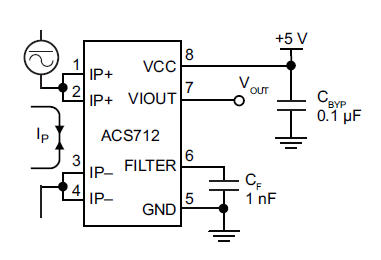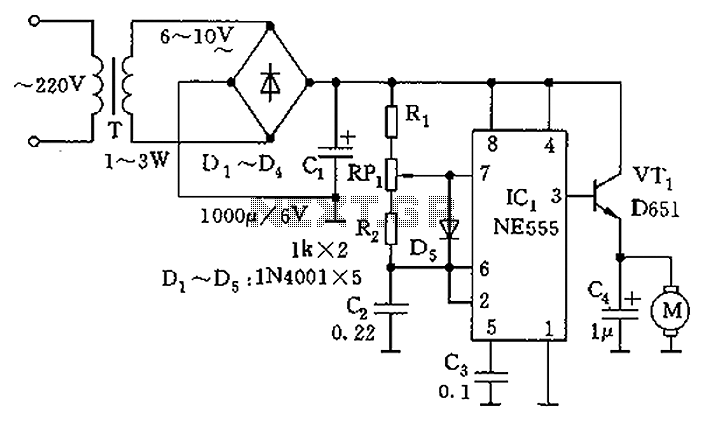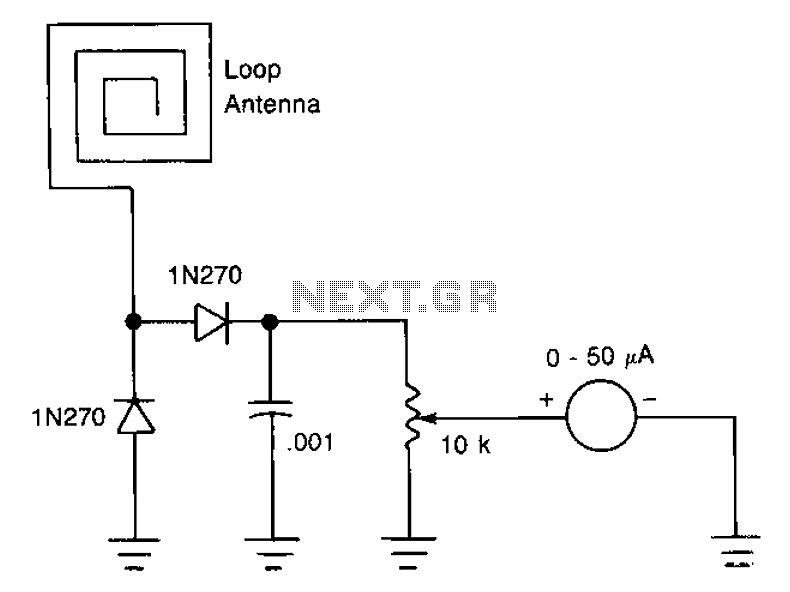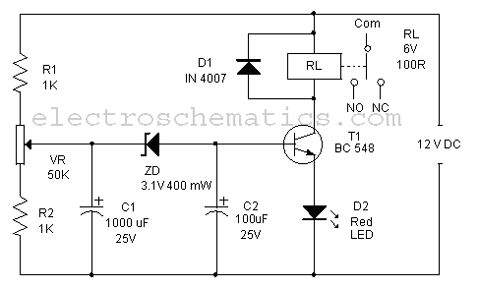
Solar Battery Charger Circuit

This is the simplest and most affordable solar battery charger that a hobbyist can create. It has some drawbacks compared to other similar controls, but offers unique advantages.
The solar battery charger circuit is designed to harness solar energy to charge batteries, making it an ideal project for hobbyists interested in renewable energy solutions. The basic components of the circuit include a solar panel, a charge controller, a rechargeable battery, and various passive components such as resistors and diodes.
The solar panel converts sunlight into electrical energy, generating a direct current (DC) output. The voltage output of the panel varies depending on the intensity of sunlight and the size of the panel. Typically, solar panels used in such applications range from 5V to 20V.
The charge controller is a critical component in this circuit. It regulates the voltage and current coming from the solar panel to ensure that the battery is charged safely without overcharging. It usually consists of a voltage regulator or a dedicated charge management IC designed for solar applications. The controller helps maintain the battery's health by preventing excessive discharge and overcharge conditions.
The rechargeable battery serves as the energy storage element, allowing the stored solar energy to be used when sunlight is not available. Common battery types for such applications include lead-acid, lithium-ion, and nickel-metal hydride batteries. The choice of battery depends on factors such as capacity, discharge rates, and cost.
Additional components may include diodes to prevent reverse current flow, ensuring that the battery does not discharge back into the solar panel during low-light conditions. Capacitors can also be added for smoothing out voltage fluctuations, enhancing the stability of the output.
This simple solar battery charger circuit is not without its limitations. It may have lower efficiency compared to more advanced systems, particularly in terms of energy conversion and management. However, for hobbyists and beginners, it provides an excellent introduction to solar technology and circuit design, allowing for practical experimentation and learning opportunities in the field of renewable energy.This is the most simple and affordable solar battery charger that the hobbyist can make. It has a few drawbacks over other similar controls, but offers nu. 🔗 External reference
The solar battery charger circuit is designed to harness solar energy to charge batteries, making it an ideal project for hobbyists interested in renewable energy solutions. The basic components of the circuit include a solar panel, a charge controller, a rechargeable battery, and various passive components such as resistors and diodes.
The solar panel converts sunlight into electrical energy, generating a direct current (DC) output. The voltage output of the panel varies depending on the intensity of sunlight and the size of the panel. Typically, solar panels used in such applications range from 5V to 20V.
The charge controller is a critical component in this circuit. It regulates the voltage and current coming from the solar panel to ensure that the battery is charged safely without overcharging. It usually consists of a voltage regulator or a dedicated charge management IC designed for solar applications. The controller helps maintain the battery's health by preventing excessive discharge and overcharge conditions.
The rechargeable battery serves as the energy storage element, allowing the stored solar energy to be used when sunlight is not available. Common battery types for such applications include lead-acid, lithium-ion, and nickel-metal hydride batteries. The choice of battery depends on factors such as capacity, discharge rates, and cost.
Additional components may include diodes to prevent reverse current flow, ensuring that the battery does not discharge back into the solar panel during low-light conditions. Capacitors can also be added for smoothing out voltage fluctuations, enhancing the stability of the output.
This simple solar battery charger circuit is not without its limitations. It may have lower efficiency compared to more advanced systems, particularly in terms of energy conversion and management. However, for hobbyists and beginners, it provides an excellent introduction to solar technology and circuit design, allowing for practical experimentation and learning opportunities in the field of renewable energy.This is the most simple and affordable solar battery charger that the hobbyist can make. It has a few drawbacks over other similar controls, but offers nu. 🔗 External reference
